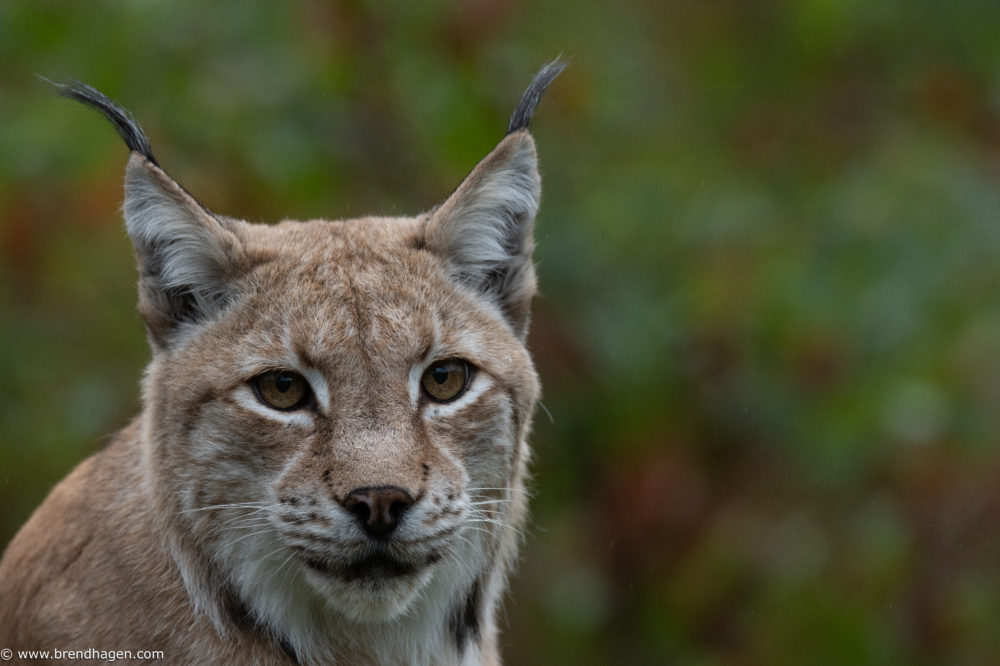How does the lynx live?
Written by Nicklas Iversen | Last edited 1. June 2021
The lynx is a solitary animal. It lives in a territory, which it marks and defends against other lynx. You can learn more about how the lynx lives on this page.
THE LYNX’S LIFE BEGINS
Lynx cubs are born early summer, usually between May-June. Two or three siblings are usually born at a time. The lynx cubs weigh around 300 grams and are born with their eyes closed. They are able to see after three weeks.
Lynx cubs spend their early life in and around the den. The lynx does not build its own den, but uses natural formations that provide shelter. A tree uprooted by the wind, a crack in rock or a cave can all be good places. Abandoned fox dens may also be used. Inside the den, the cubs wait for their mother, who can be gone for up to 24 hours at a time. A lynx mother needs food and has to hunt for herself.
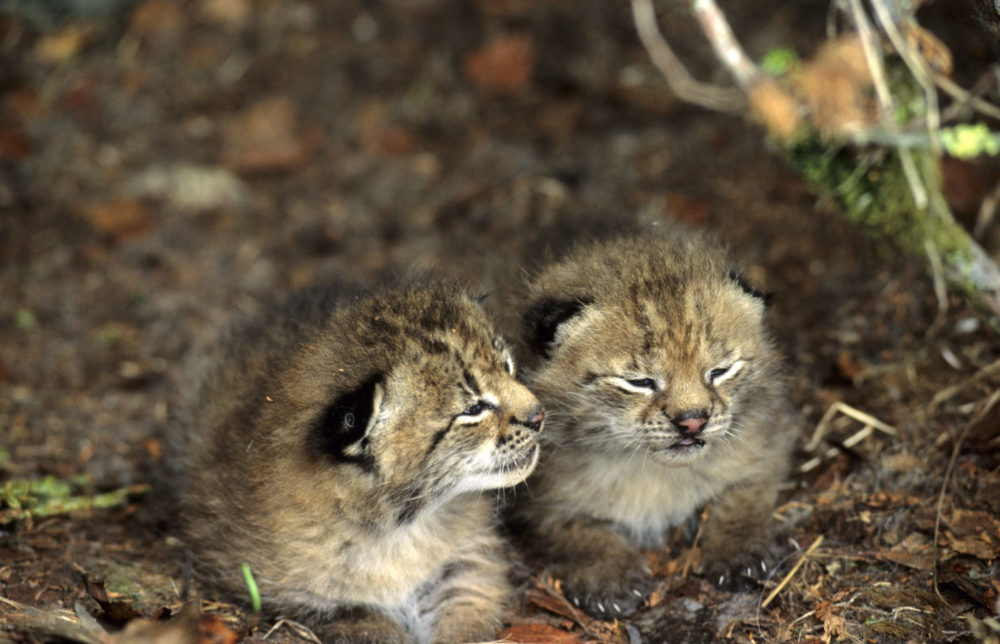
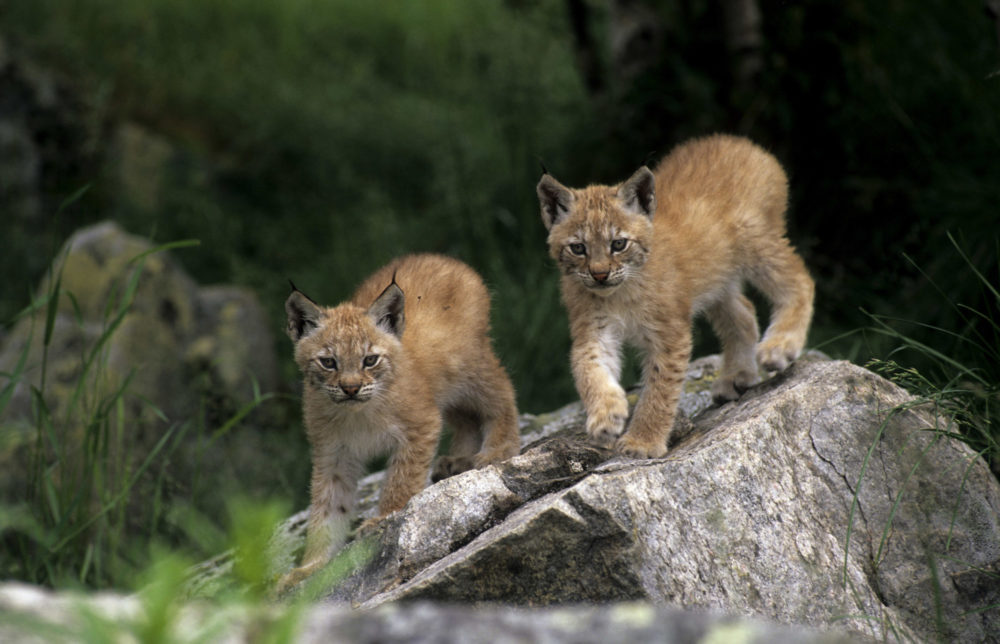
GROWING UP
After their first two months in and around the den, the lynx cubs are ready to accompany their mother. They will now go with her as she patrols her territory and hunts for prey. The lynx cubs start to eat solid food just eight weeks after birth, but they also drink milk from their mother. They do so for about six months. The young lynx will leave their mother in March-April. They now have to find their own area to live in and establish a territory.
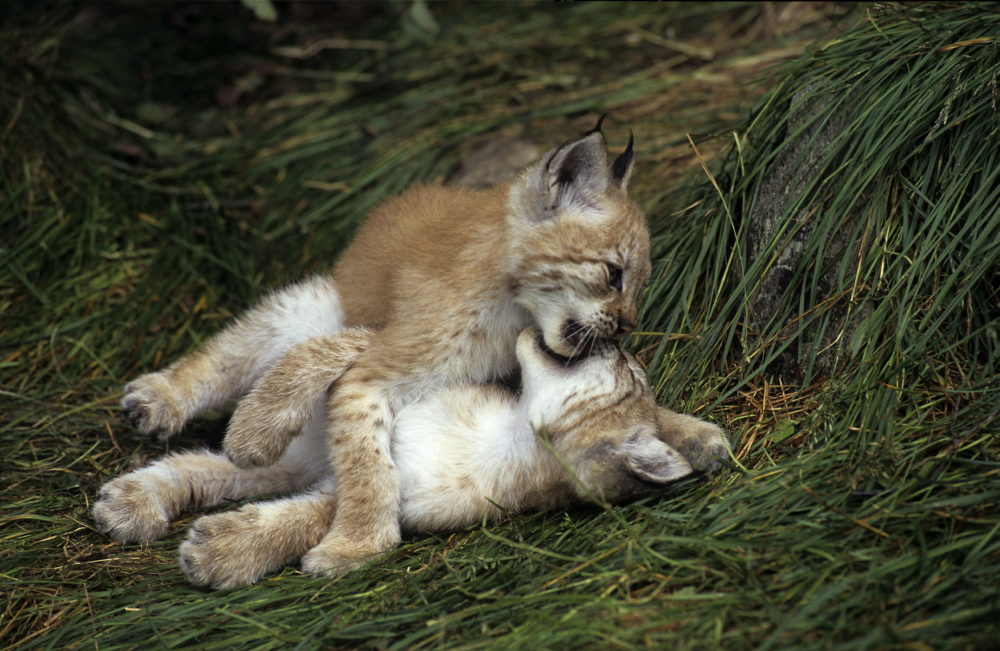
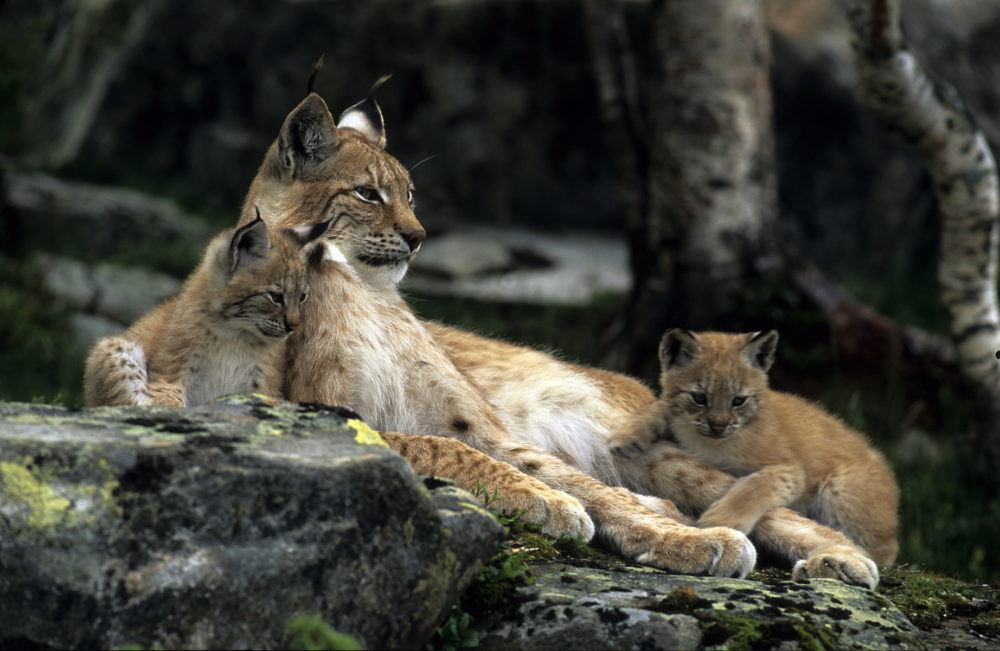
THE TERRITORY
A territory is an area that lynx defend against other lynx of the same sex. The lynx will mark this territory with urine. Male lynx have the largest territories. They will often overlap the territories of several female lynx. This enables the male lynx to father as many cubs as possible, as he will have several females to mate with. The female is more concerned about not having to compete for food with other females, as she will have hungry cubs. A female lynx usually has her first litter at two or three years of age.
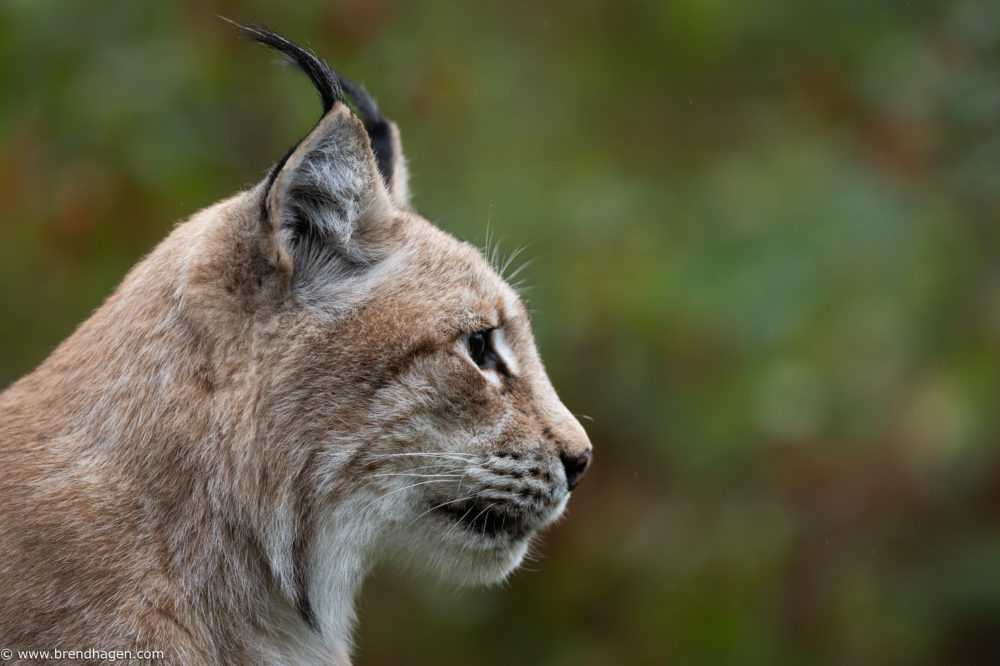
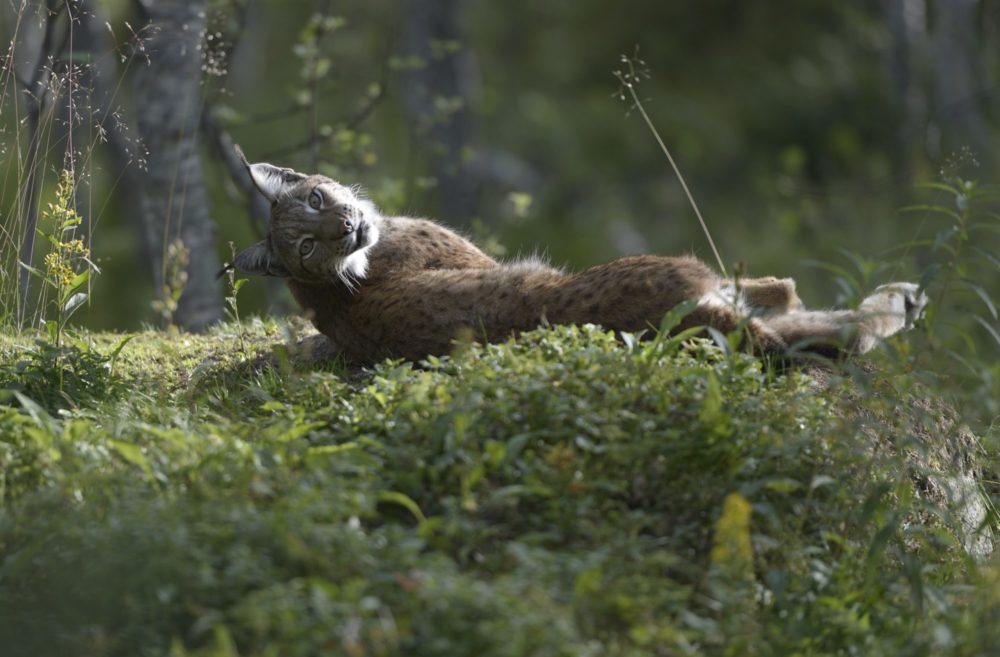
BREEDING SEASON
Lynx’s breeding season is in February-March. This is when female lynx come into season. In other words, they ovulate and can become pregnant. Lynx have a mating call for locating each other. It can be reminiscent of a fox, but is darker.
You can hear the lynx’s mating call here:
If mating goes well and the female lynx becomes pregnant, it will be about 70 days before the lynx cubs are born.
The lynx call can be confused with that of the fox. You can hear the fox’s call here:
If mating goes well and the female lynx becomes pregnant, it will be about 70 days before the lynx cubs are born.
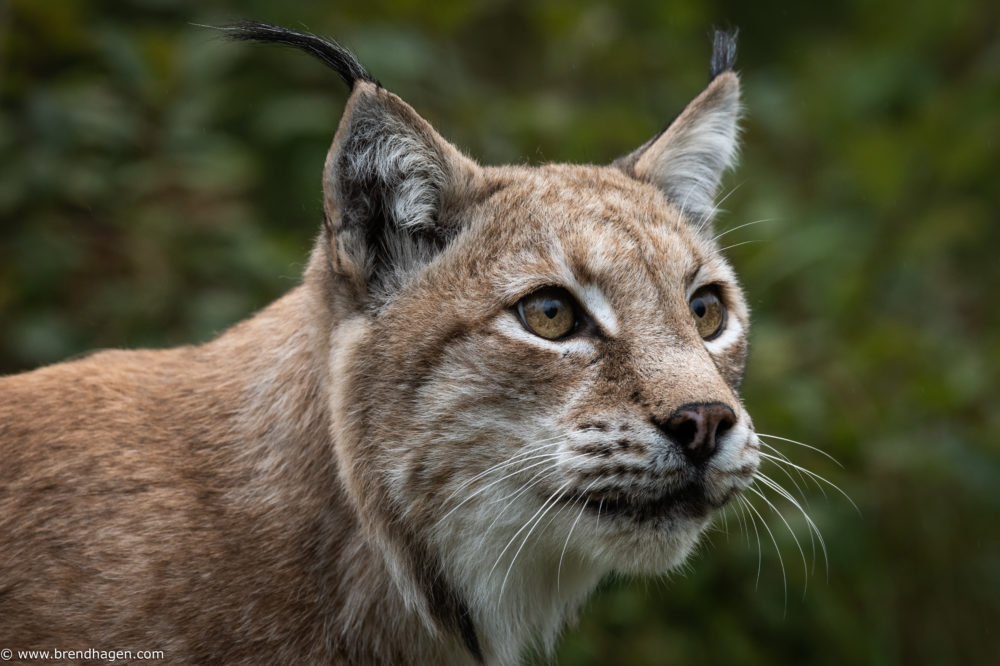
SINGLE MUM
A lynx mother has to bring up her cubs on her own. To begin with, she will find slightly out-of-the-way places to use as a den. The den is usually in a natural formation like a crack in rock or a cave, or maybe just under a spruce tree. The lynx mother will change den location at regular intervals. We are not exactly sure why she does this. It is conceivable that a new site will smell less of the lynx and their food scraps, so they will be better hidden from inquisitive predators.
The mother has to go out hunting, leaving the cubs in the den. After two months, the lynx will go back to her normal routine of patrolling her territory. The lynx cubs will now go with her, and this period is important in terms of the cubs learning to survive in the wild.
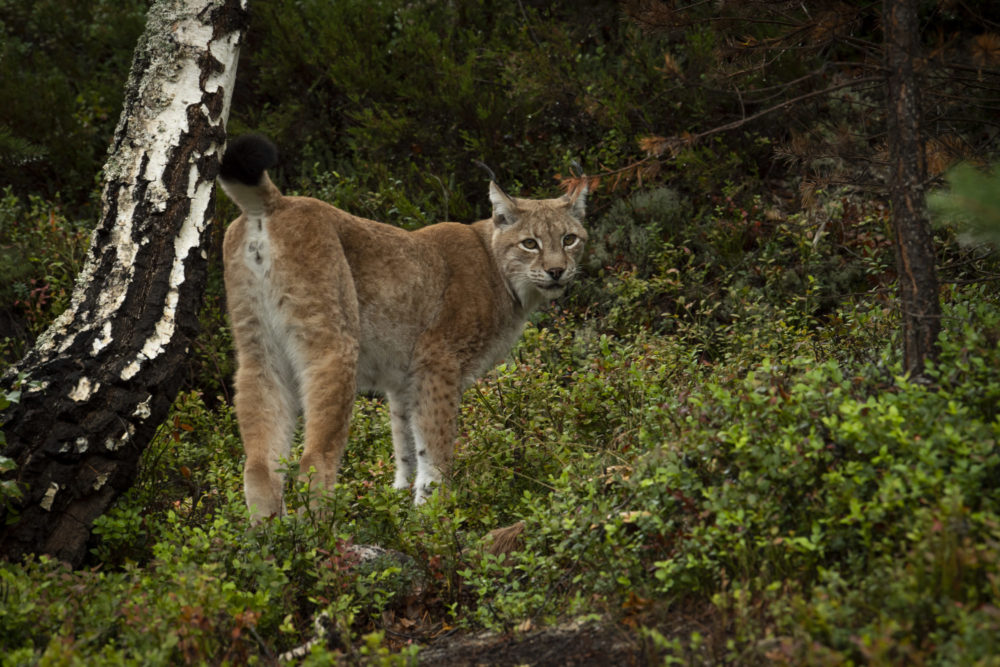
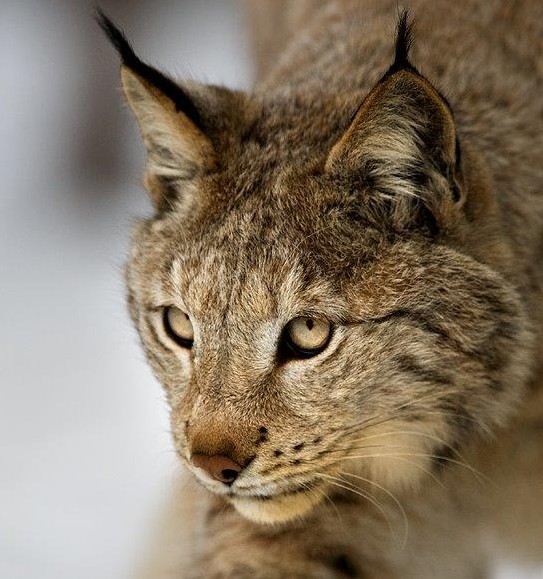
DEATH
All living creatures die in the end. A wild lynx can live for up to 17 years, but it is not very common for large predators to die of old age. By far the majority of lynx die in their first year of life and never reach maturity. Anything from disease and hunger to being killed by other predators can befall small lynx cubs.
For an adult lynx, one danger outstrips the rest by some margin: humans. Hunting, both legal and illegal, is the number one cause of death for adult lynx. But they also die as a result of being run over in traffick or from diseases like scabies.
This article has been written by Bjørn Henrik Stavdal Johansen, a nature guide at Visitor Centre Carnivore Flå.
